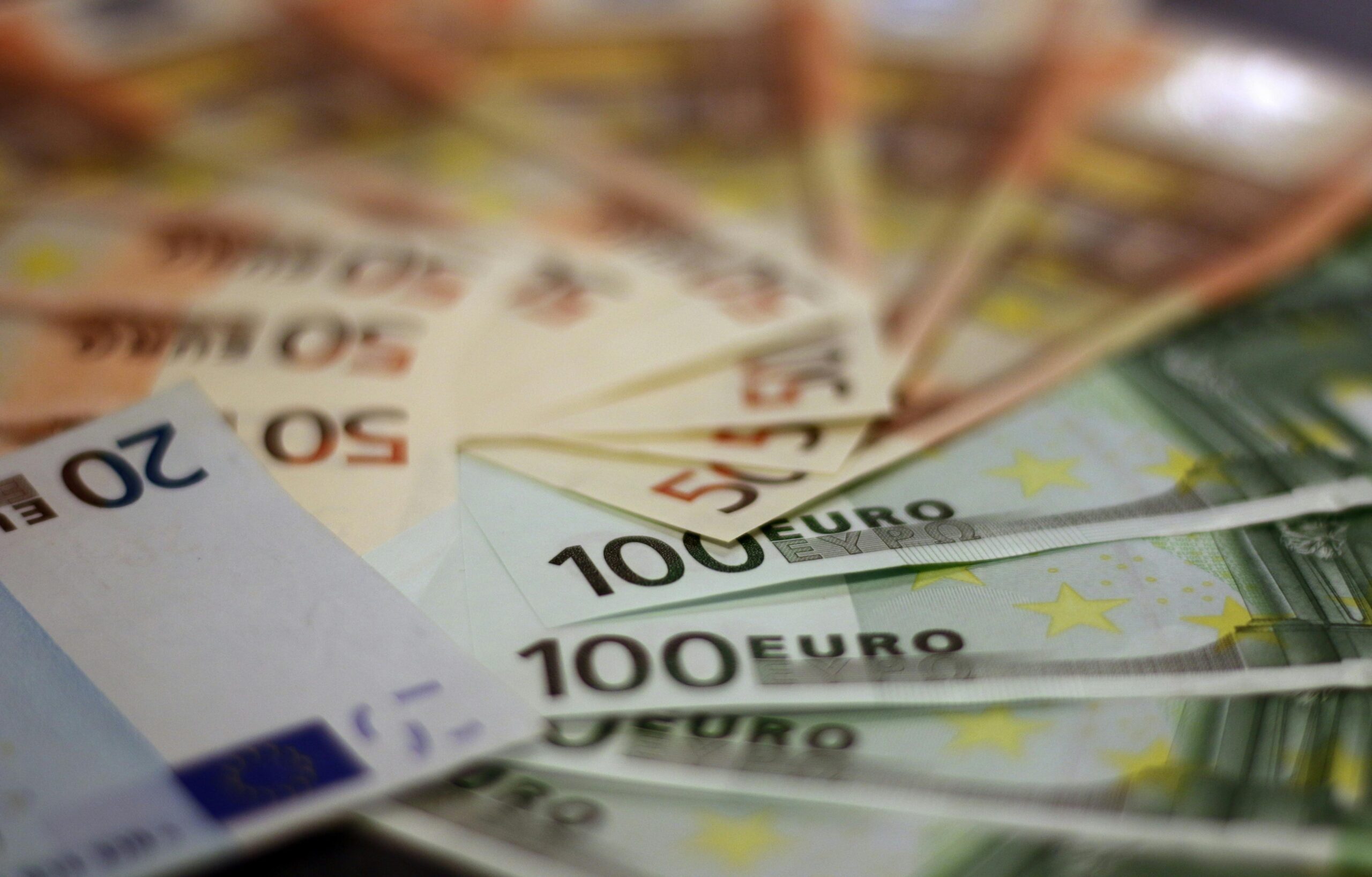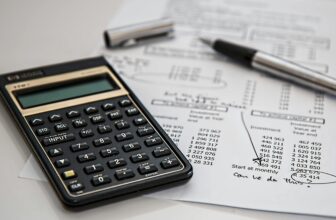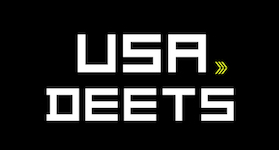
Yes, Accounts receivable are classified as an assets because they represent a claim to future cash flow. While it technically isn’t cash in hand yet, it holds the potential to become valuable income for your business. However, it’s important to manage accounts receivable effectively to minimize the risk of non-payment, which can turn them into bad debt (a liability).
Not all accounts receivable are created equal. There are different types depending on the situation:
- Short-term: These are the usual suspects, like your bakery customer paying within 30 days. Think of them as readily available cash.
- Long-term: Maybe you sold a fancy wedding cake with extended payment terms. That becomes a long-term receivable, like a long-term investment.
- Trade: These arise from regular business transactions, like your bakery buying flour on credit. It’s kind of like a two-way street of “you owe me, I owe you.”
- Non-trade: These come from non-business activities, like loaning money to a friend (although let’s hope they pay you back faster than they pay back their library fines!).
Of course, there’s a catch. Just like that delicious croissant can go stale, some accounts receivable might not convert to cash. This is called bad debt, and it happens when customers can’t or won’t pay. But fear not, there are ways to manage this risk, like credit checks and clear payment terms.
What Kind of Assets Can Be Included In Accounts Receivable?
Several types of assets can be included in accounts receivable, categorized by various factors:
By Credit Terms:
- Short-term: Payments due within a year, like customer invoices with 30-day terms.
- Long-term: Payments due over a longer period, like extended payment plans or loans.
By Customer Type:
- Trade: Money owed from regular business transactions, like your bakery buying flour on credit.
- Non-trade: Money owed from non-business activities, like personal loans.
By Collection Stage:
- Current: Amounts due within the normal credit period.
- Overdue: Payments past the due date.
- Doubtful: Uncollectible payments written off as bad debt.
Why Are Accounts Receivable Considered a Current Asset?
Accounts receivable qualify as current assets for two key reasons:
- Short-term Conversion:
Typically, accounts receivable arise from sales with payments expected within one year. This aligns perfectly with the definition of current assets, which are resources expected to be converted to cash within the operating cycle (usually a year). - High Liquidity:
Compared to assets like property or equipment, accounts receivable are relatively liquid. They can be readily converted into cash through customer payments, making them a valuable source of short-term funding.
Think of it this way: accounts receivable bridge the gap between generating revenue and actually receiving the cash. Even though it’s not immediate cash, it holds the potential to become liquid quickly, justifying its classification as a current asset.
The differences between Accounts Receivable, Income Statement, and Cash Flow Statement:
Accounts Receivable:
This is a balance sheet account representing the money customers owe your business for goods or services purchased on credit. It reflects potential future cash flow but is not actual cash yet.
Income Statement:
This statement summarizes your company’s revenue and expenses over a specific period (e.g., month, quarter, year). While sales are recorded on the income statement when earned (accrual basis), they might not be immediately reflected in cash if customers haven’t paid yet.
Cash Flow Statement:
This statement focuses on the actual inflow and outflow of cash in your business during a specific period. Changes in accounts receivable directly impact cash flow. Increases in accounts receivable (less cash collected) are shown as a decrease in cash flow from operating activities. Conversely, decreases in accounts receivable (more cash collected) are shown as an increase in cash flow.
Where Does Accounts Receivable Appear In The Balance Sheet?
In the balance sheet, accounts receivable appear in the current assets section. This is because they are considered assets with a high degree of liquidity and expected to be converted into cash within one year.
Here’s the typical order of current assets in a balance sheet:
- Cash and cash equivalents
- Accounts receivable
- Inventory
- Prepaid expenses
- Other current assets
Here’s a table comparing Accounts Receivable, Income Statement, and Cash Flow Statement:
| Feature | Accounts Receivable | Income Statement | Cash Flow Statement |
|---|---|---|---|
| Type of Statement | Balance Sheet | Income Statement | Cash Flow Statement |
| Focus | Potential future cash flow | Revenue and expenses | Actual cash movement |
| Timing | Specific point in time (e.g., end of month, quarter, year) | Specific period (e.g., month, quarter, year) | Specific period (e.g., month, quarter, year) |
| Includes Accounts Receivable | Yes | No (recorded as revenue, not necessarily received) | Yes (changes in accounts receivable impact cash flow) |
| Location in Statement | Current Assets section | Not applicable | Operating Activities section |
| Key Metrics | Total amount owed by customers | Net income, gross margin, operating income | Cash from operating activities, cash from investing activities, cash from financing activities |
| Example | $10,000 owed by customers at the end of the month | Net income of $5,000 for the quarter | Cash inflow from operating activities of $8,000 for the quarter |
How is the Accounts Receivable Ratio Calculated?
The Accounts Receivable Ratio helps measure how efficiently a business collects payments from customers. It’s calculated by dividing net credit sales by average accounts receivable:
Accounts Receivable Ratio = Net Credit Sales / Average Accounts Receivable
Here’s how it works:
- Net Credit Sales: This is the total sales made on credit during a specific period (e.g., month, quarter, year), minus any returns or allowances.
- Average Accounts Receivable: This is the average balance of accounts receivable throughout the period. Typically, it’s calculated by adding the beginning and ending balances of accounts receivable and dividing by two.
Example:
Imagine a company has:
- Net credit sales for the year: $1,000,000
- Beginning accounts receivable: $20,000
- Ending accounts receivable: $30,000
Average accounts receivable: ($20,000 + $30,000) / 2 = $25,000
Accounts Receivable Ratio: $1,000,000 / $25,000 = 40
Conclusion
While it might seem counterintuitive at first, accounts receivable are indeed considered assets. They represent a claim to future cash flow, essentially money customers owe your business for goods or services already delivered. Although not immediate cash in hand, they hold potential value by contributing to your short-term financial resources. However, effective management is crucial to minimize the risk of non-payment, as uncollected debt can turn them into liabilities. Remember, understanding and managing accounts receivable effectively can be a major driver of financial success for your business.
References
Authentic References for “Is Accounts Receivable an Asset?”:
Accounting Standards:
- Financial Accounting Standards Board (FASB) Statement No. 82, “Accounting for Disclosures about Capital Structure”: https://fasb.org/page/PageContent?pageId=/reference-library/superseded-standards/summary-of-statement-no-82.html&bcpath=tff
- International Accounting Standards Board (IASB) IAS 1, “Presentation of Financial Statements”: https://www.ifrs.org/content/dam/ifrs/publications/pdf-standards/english/2022/issued/part-a/ias-1-presentation-of-financial-statements.pdf?bypass=on
Articles and Guides:
- Investopedia – Accounts Receivable (AR): https://www.investopedia.com/terms/a/accountsreceivable.asp
- Corporate Finance Institute – Accounts Receivable: https://corporatefinanceinstitute.com/
- GoCardless – Is Accounts Receivable Considered an Asset?: https://gocardless.com/guides/posts/accounts-receivable-overview/
FAQs
Q: Is Accounts Receivable considered an asset?
A: Yes, accounts receivable are considered an asset! While it might seem strange to count money you haven’t received yet, it represents a claim to future cash flow. Think of it like an IOU from a customer – they owe you money for goods or services provided, and that debt holds potential value for your business.
Q: Is accounts receivable a fixed or current asset?
A: Accounts receivable are typically classified as current assets. This means they’re expected to be converted into cash within one year, usually through customer payments. Fixed assets, like property or equipment, are long-term investments and wouldn’t fall under this category.
Q: Can accounts receivable be a long-term asset?
A: Technically, yes. If a customer has extended payment terms that stretch beyond a year, that portion of the receivable could be considered long-term. However, most accounts receivable are due within a shorter timeframe, keeping them classified as current assets.
Q: Is a bill receivable an asset?
A: Yes, a bill receivable is essentially another term for an account receivable. It represents a formal invoice issued to a customer for goods or services, documenting the amount owed and expected payment date. So, whether you call it an “account receivable” or a “bill receivable,” it signifies the same thing – an asset with potential to become cash.







